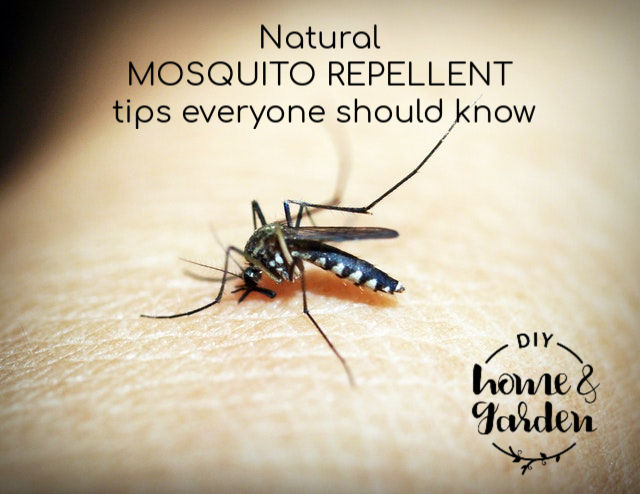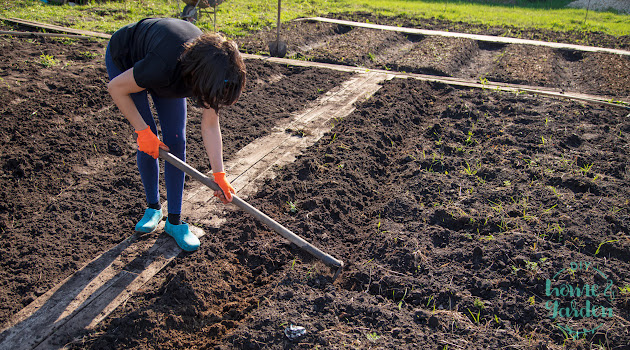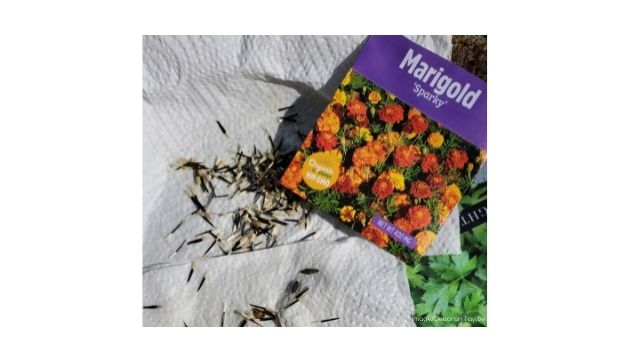Marigold is all you need if you want a reliable bedding item that will make your garden look beautiful and keep pests away. Marigold flowers embody the sun and are known to have healing properties. They’re also easy to grow and care for, ideal for beginner gardeners.
This article will go over everything you need to know about how to grow and care for these lovely flowers. But before that, here are the answers to some of the frequently asked questions about marigolds.
Frequently Asked Questions About Marigolds
Here are the facts most often searched for about these cheery flowers.
What is another name for marigolds?
Marigolds are also commonly referred to as Tagetes, primarily because they’re of the genus Tagetes.
There are mainly four types of marigold flowers; the African marigold (which tend to be tall), French marigold (the dwarf variety), Triploid marigold (a hybrid between French and African—are multi-colored), and Signet marigold (a daisies’ look-alike with long stems).
What is so special about marigold?
Hailed as an “herb of the sun,” marigold flowers contain lutein, a beneficial chemical compound for the eyes and skin. Herbalists rely on this plant for their anti-inflammatory, antibacterial, anti-viral, and antifungal properties.
In some cultures, the blooms are perceived as a symbol of warmth, beauty, and a drive for success, with others even using them for food coloring.
What is the difference between calendula and marigold?
Although calendula and marigold are both members of the Asteraceae family, they are two different species.
- Calendula is native to the Mediterranean region, while marigold is native to Mexico and Central America.
- Calendula flowers have thin, petal-like leaves and come in yellow, orange, and white shades. Marigold flowers have thicker, more ruffled leaves and come in shades of yellow, orange, and red.
Do marigolds have medicinal purposes?
Yes, marigolds have been used for their medicinal properties for centuries.
The flower’s petals can be dried and used in teas to help with stomach aches, headaches, and other minor ailments. Additionally, marigold oil has been shown to have anti-inflammatory and antiseptic properties.
Researchers who studied the impact of Aztec marigold on human health noted the following:
“The antioxidant and analgesic activities obtained seem to be in good accordance with the medicinal uses of Aztec marigold as an anti-inflammatory and analgesic.”
Do marigolds attract bees?
Marigolds are appealing to bees. They are more so if you select a variety with open centers, allowing the insects easy access to the yellow florets.
Do marigolds protect tomatoes?
Yes, marigolds are effective in repelling pests, such as nematodes, that can damage tomatoes. The flowers contain limonene, a natural insect repellent.
North Carolina Cooperative Extension agent, Mindy Daughtry, wrote:
“There is great potential to use limonene indoors and outdoors, either by planting marigolds near tomatoes, or by using pods of pure limonene. Another important benefit of using limonene is that it’s not only safe to bees, but the marigolds provide nectar for the bees which are vital for pollination.”
Do marigolds come back year after year?
No, marigolds are annuals—meaning they only last for one growing season. However, they self-seed readily, so you can expect them to come back the following year.
What type of marigolds repels mosquitoes?
While all types of marigolds repel certain pests, African and French marigolds are the most effective in repelling mosquitoes.

Is marigold poisonous to humans?
Marigold leaves, and flowers are primarily considered safe for consumption by humans and are often used as culinary herbs due to their flavor, which resembles that of artichokes.
Can you eat all marigolds?
Not all marigolds are edible. The petals of French and signet marigolds (Tagetes patula and T. tenuifolia) are safe to eat, while the rest of the plant is not.
Ingested in large quantities, the leaves and stems of other marigold varieties can cause vomiting and diarrhea.
If in doubt whether or not your marigold is edible, avoid eating it.
What is the most poisonous plant in the world?
The Castor oil plant! It’s also known as the African wonder tree. The plant contains ricin, a highly toxic protein that can cause severe stomach cramps, vomiting, and diarrhea. If ingested in large quantities, ricin can even be deadly.
Why do dogs eat marigolds?
There are a few reasons why dogs might eat marigolds. Some dogs are simply curious and chew on anything that catches their attention. Others may be attracted to the plant’s strong scent or taste.
Additionally, some dogs may eat marigolds out of boredom or hunger.
Whatever the reason, it’s best to keep an eye on your dog if you have marigolds in your garden, and be sure to contact a veterinarian if they show any signs of illness after eating the plant.
What do marigolds keep away?
Marigolds are effective in repelling a variety of pests, including nematodes, aphids, spider mites, mosquitoes, whiteflies, beetles, stink bugs, and even rabbits.
Are marigolds easy to grow?
- Marigolds are incredibly easy to grow since they thrive in a wide range of soil and climatic conditions.
- They’re also relatively low-maintenance, growing with little to no care.
- Propagating them from seed is the easiest, but you can as well opt to root the stem cuttings or grow via division.
How to Grow Marigold Flowers from Seed
You can start the seeds indoors or sow them directly in the garden. It all depends on the marigold cultivar you’re planting, the duration of your growing season, and your patience to wait for the flowers to bloom.
- To sow the seeds indoors, use a seed-starting mix and sow the seeds in flats or pots.
- Keep the soil moist but not soggy, and place the flats or pots in a warm, sunny location. Germination should be within seven to fourteen days.
- Once they sprout, begin to harden them off by gradually exposing them to outdoor conditions.
- When the weather is warm, and all danger of frost has passed, transplant the young marigold plants into the garden.
- Space them about twelve to eighteen inches apart and bury the stems up to their first set of true leaves.
- Water well after planting and keep the soil moist throughout the growing season.
- If you choose to sow the seeds directly in the garden, wait until the soil is warm and all danger of frost has passed.
- Sow the seeds in rows, spacing them about twelve to eighteen inches apart. Thin the seedlings to one per foot when they are about 4 inches tall.
- Water well after planting and keep the soil moist throughout the growing season.
- Marigolds can take anywhere from sixty to ninety days to bloom, so be patient!
How to Care for Marigold Flowers
- Once your marigolds bloom, you’ll need to deadhead them regularly to encourage more blooms.
- Simply remove the spent flowers by clipping them off at the stem.
- You can also cut back the plants by about one-third after they’ve finished blooming to help keep them tidy.
- Marigolds don’t require much care, but be sure to water them regularly during drought and fertilize them every few weeks with a balanced fertilizer.
- Also, keep an eye out for pests and diseases and take corrective action.
Common Problems with the Marigold
Now that you know the benefits of adding these cheerful flowers to your garden let’s look at the few challenges you might experience.
1 – Fungal diseases impact marigold plants
Marigolds are relatively resistant to most diseases, but they can be susceptible to fungal diseases like powdery mildew and rust if grown in humid conditions or if the leaves stay wet for long periods.
Ensure adequate air circulation between plants and irrigate by ground-soaking rather than overhead watering—to help prevent powdery mildew.
2 – Leaf miners love to attack marigold
Leaf miners are tiny, fly-like insects that lay their eggs on the leaves of marigolds. When the eggs hatch, the larvae tunnel through the leaves, causing them to turn black and die. Use neem oil to alter their natural life cycle so they don’t multiply as much. Alternatively, remove and destroy the affected leaves completely.
3 – Pests
Marigolds are pretty resistant to pests, but they can occasionally be bothered by aphids, Japanese beetles, or slugs and snails. If you notice any of these pests on your plants, hand-pick or blast them off with a strong stream of water, or treat the plant with insecticidal soap.
4 – Plants weakening and the blooms fading in mid-summer
Marigolds may get sparse and spindly (with very minimal flowers) during the hottest part of mid-summer in areas with extremely high temperatures.
Consider pruning them back sharply to encourage new, healthy growth once the temperatures cool down late summer/early fall.
5 – Marigold seedlings dying shortly after sprouting
This could be due to the “damping off” effect, a fungal disease that attacks the stem of young plants, causing them to rot and die. To help prevent this, always use a sterile potting mix and ensure the soil is moist (but not soggy) when you plant the seeds. Also, keep the seedlings in a warm, sunny location until they are big enough to transplant outside.
What to do with marigolds at the end of the season?
- Marigolds are an annual plant, which means they die after one growing season.
- At the end of the season, you can either pull them up and compost them or leave them in the ground to die on their own.
- If you choose to compost them, simply break the plants down into small pieces and add them to your pile.
- If you decide to leave them in the ground, they’ll eventually die and can be dug up and composted.
- Whichever method you choose, remove the seeds from the plants before composting or leaving them in the ground, as they can germinate and grow new marigolds next year.

Harvesting and Storing your Marigold Seeds
- Cut the flower heads off the plant when they begin to turn brown and dry out.
- Place them in a paper bag and allow them to dry completely.
- Once fully dry, shake them around to release the seeds.
- Store the seeds in a cool, dry place until you’re ready to use them.
The Takeaway: The Marigold Is Easy to Grow with Just a Little Bit of Your Care
Marigold is a sturdy plant that can tolerate a bit of neglect, but with a bit of tender loving care, it will continue to bloom all season long!


